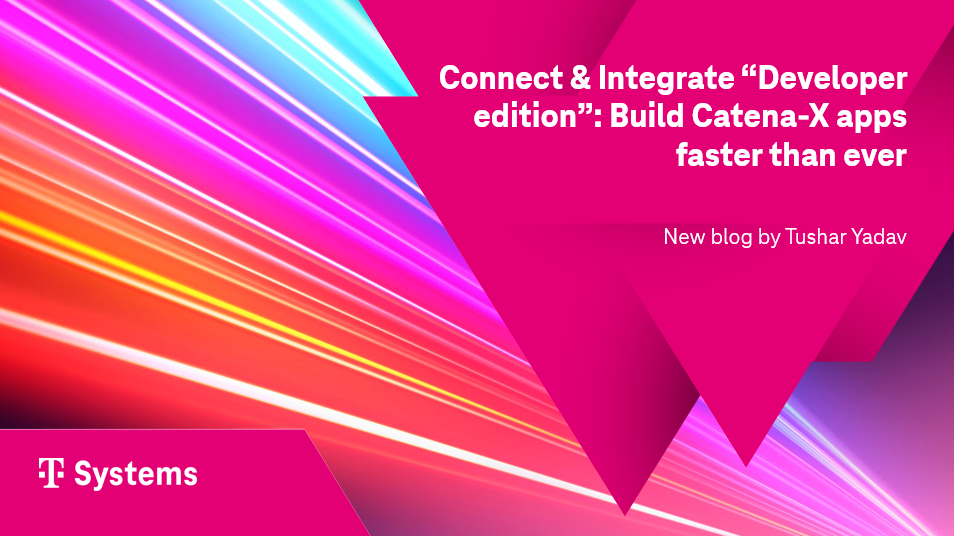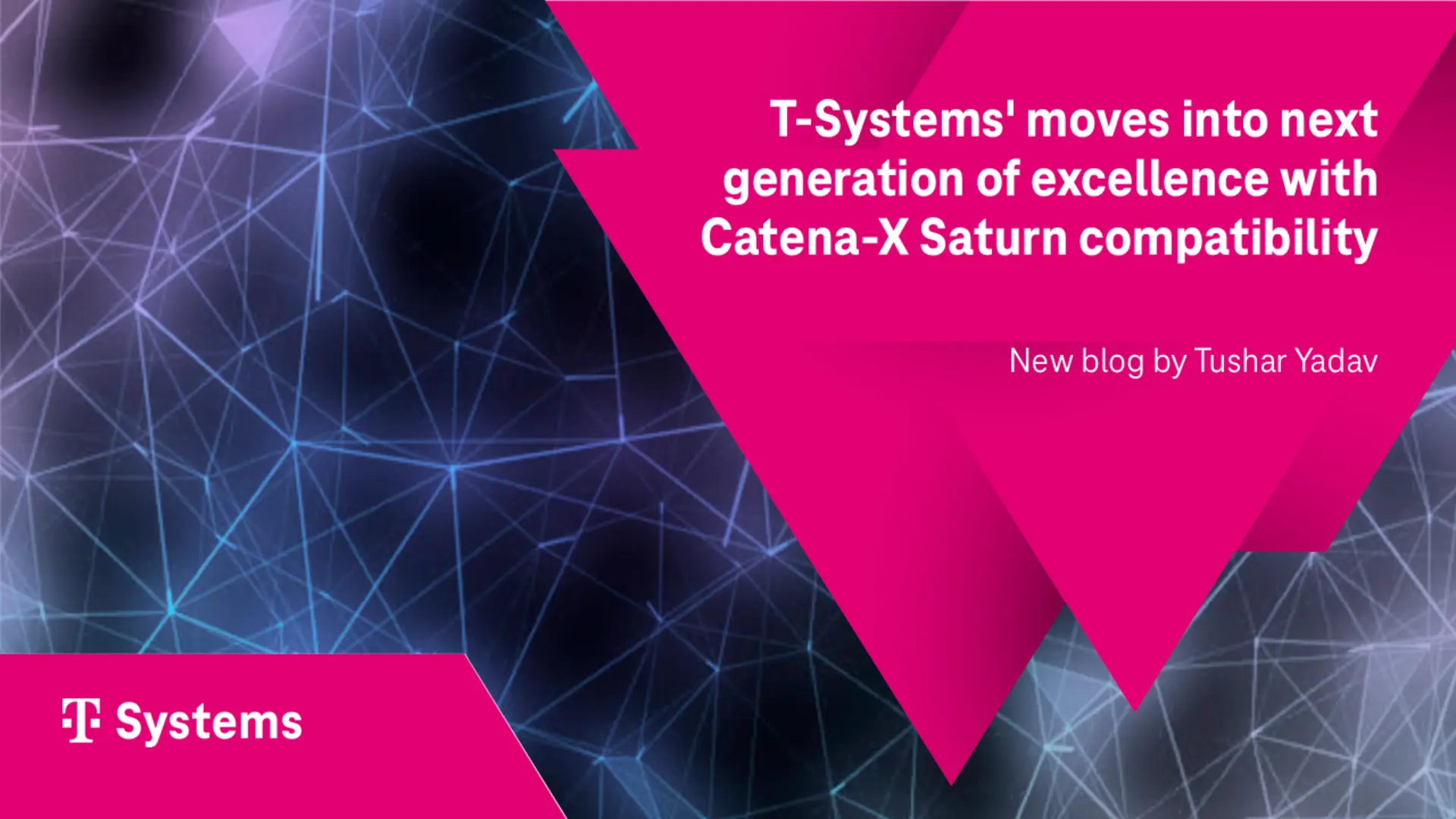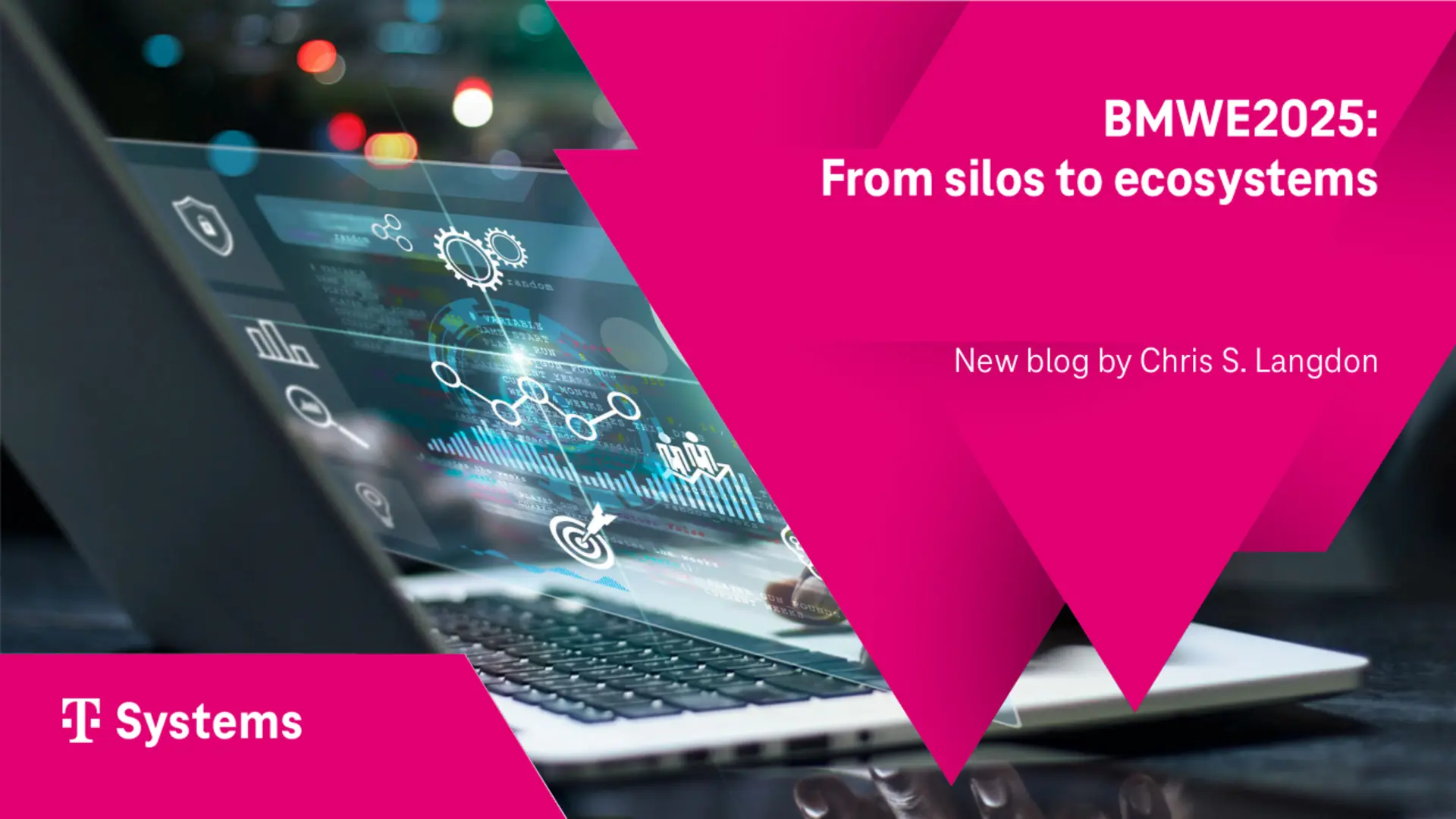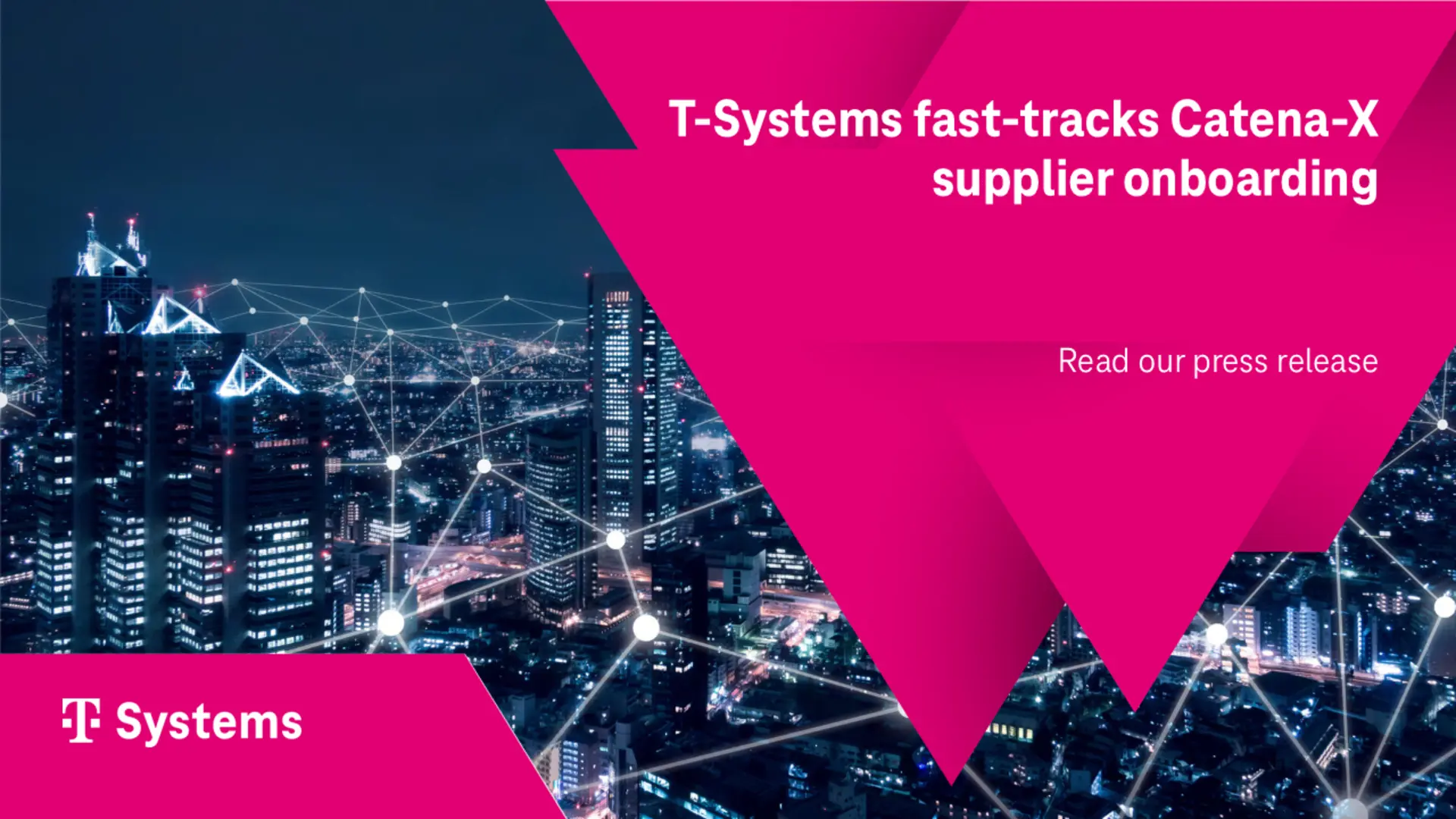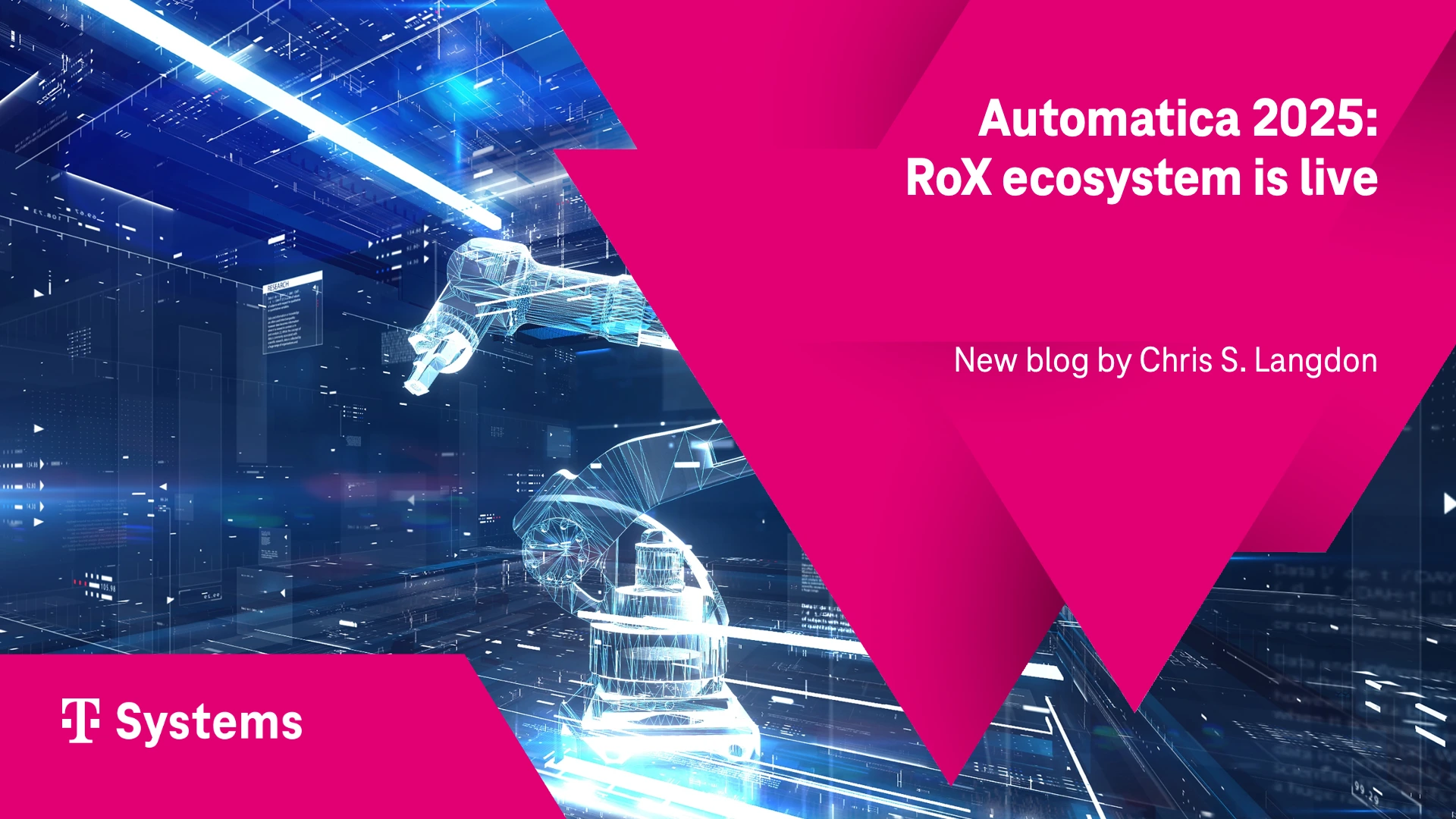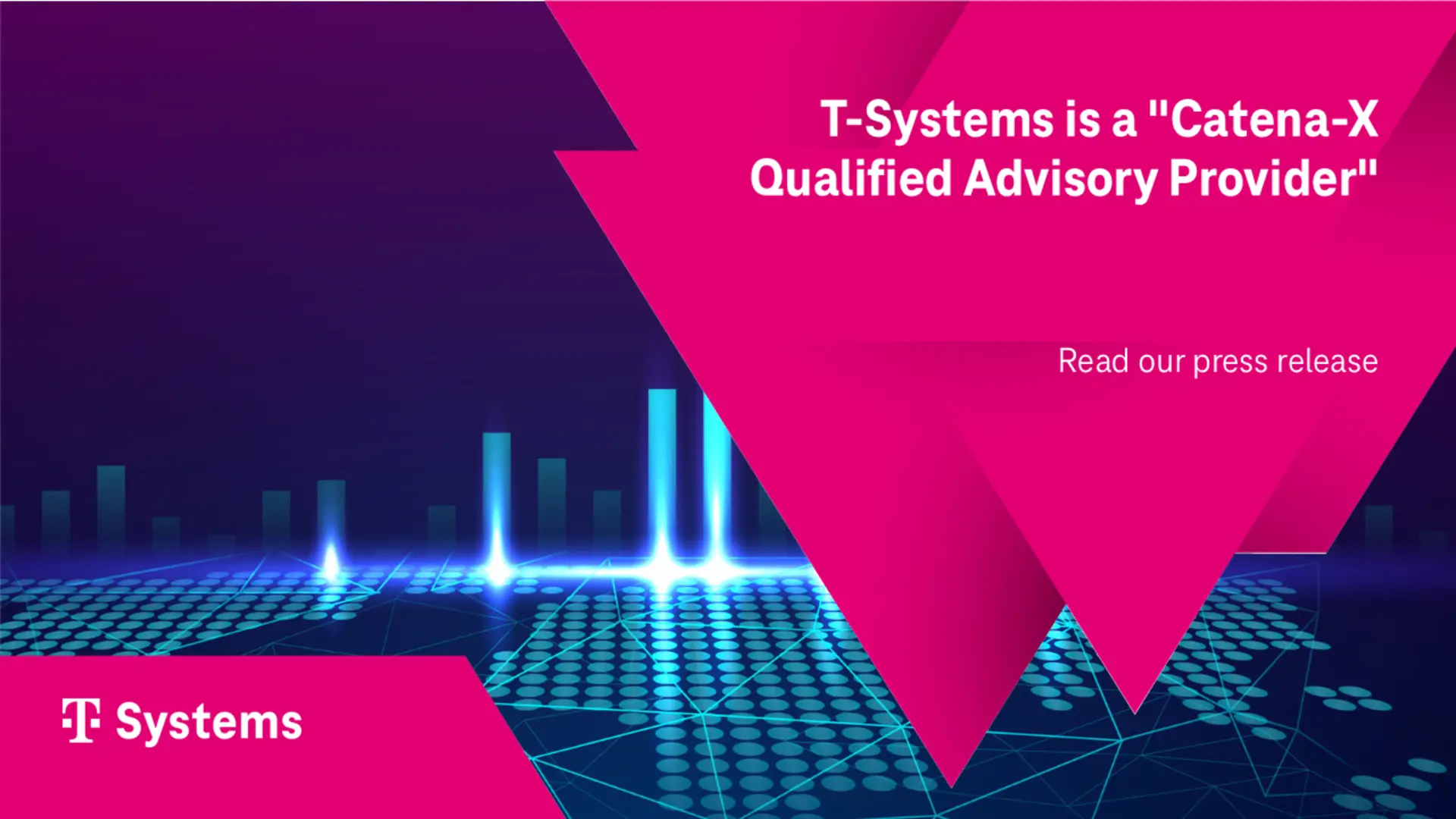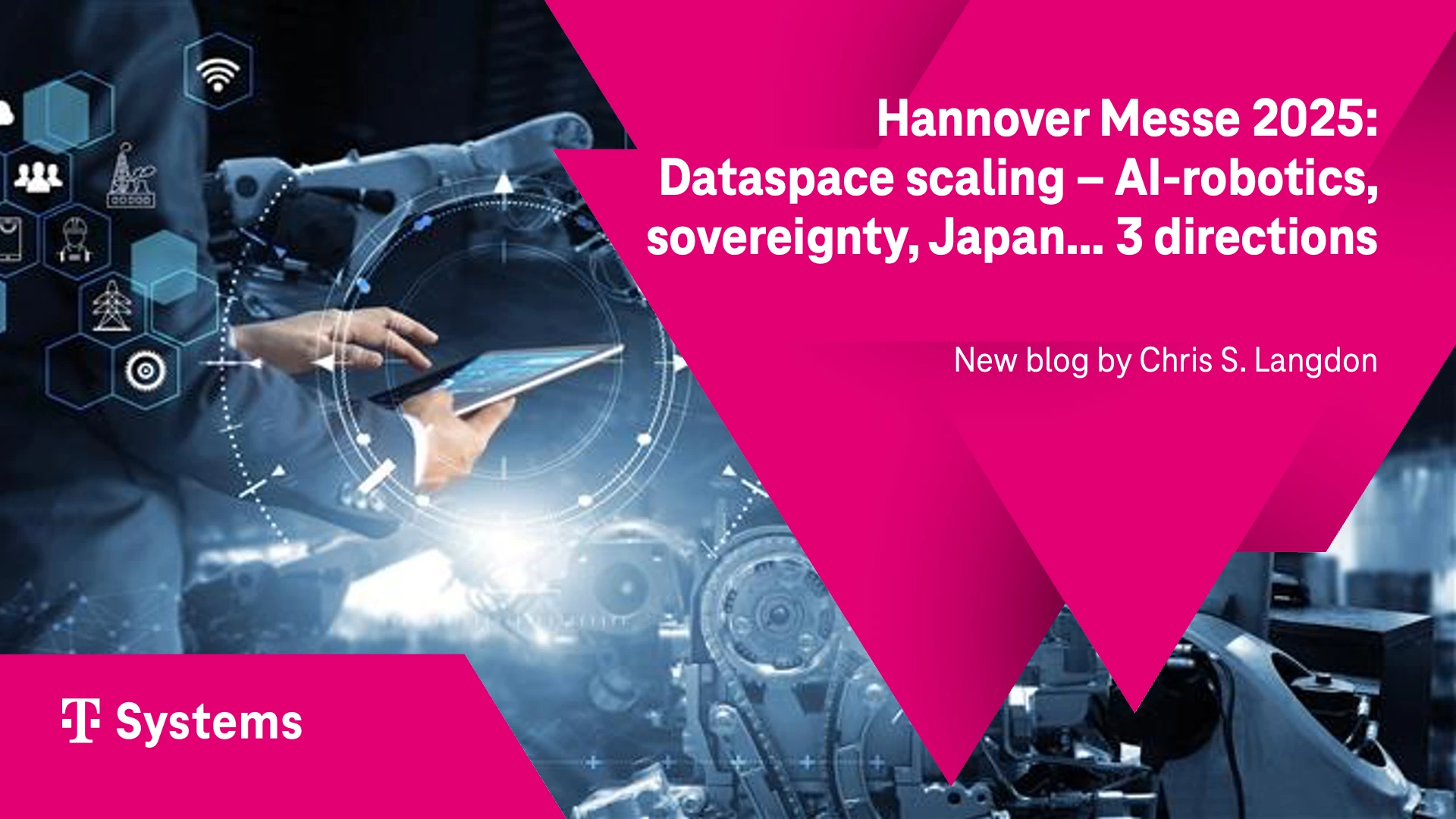Manufacturing's data dilemma: The interoperability challenge
Manufacturing's digital transformation hits a roadblock not with AI or technology, but with data itself. Companies invest heavily in digital initiatives and struggle to extract value because their data remains trapped in disconnected silos and core challenge here is a lack of interoperability. Global manufacturers struggle because plants operate different processes, produce different products, and report metrics differently, making it incredibly hard to get a consistent, reliable view. Without tackling this data foundation issue first, Digital Transformation initiatives will fail.
This article introduces manufacturing data spaces as the missing foundation – a secure, sovereign framework that enables factories to share specific data under strict control, without surrendering ownership. By addressing technical challenges and human concerns around data sharing, data spaces create the connected ecosystem that makes AI, digital twins, and cross-plant optimisation deliver on their promise. The journey isn't simple, but manufacturers who build these data bridges gain a decisive competitive advantage in efficiency, compliance, and innovation.
1. The manufacturing data challenge: more than just technology
Everyone's talking AI and Digital Twins in manufacturing like they're magic wands. Companies are spending serious money on consultants promising the moon and buying shiny new software suites. However, these initiatives often underdeliver for one fundamental reason: the data foundation isn't there.
It's about people, not just technology (really!)
We've all heard the mantra: "Digital transformation is about the people, not just the technology." Sounds great, right? But it feels abstract. This article aims to cut through that and provide something tangible.
We'll look at this transformation through the lens of two players in any manufacturing organisation:
- The c-level executive: Trying to steer the global ship.
- The plant manager: Fighting the daily battles on the ground.
Of course, successful transformation involves everyone—engineers, IT, OT, operators, and quality teams—but focusing on these two perspectives helps us understand the real-world friction and motivations that make or break these initiatives. It's about why they might resist or welcome change.
Key terms demystified
Before we dive into solutions, let's get some key terms straight:
- Data spaces: Secure ecosystems or "clubs" where companies/plants share specific data snippets under strict, owner-controlled rules, and the key feature is Data Sovereignty – you decide who sees what, why, and for how long.
- IDSA (International Data Spaces Association): The rulebook creators. They define the standards and trust framework for secure, sovereign data sharing (the club rules).
- Gaia-X EU: A broader european initiative for a federated, secure, sovereign data infrastructure. It embraces data space concepts (often using IDSA standards) and covers cloud/interoperability across sectors (the reliable neighbourhood for data space clubs).
- Manufacturing-X (M-X): Gaia-X/IDSA principles explicitly applied to manufacturing. Aims for an interoperable network across the value chain (suppliers, OEMs, customers) for industry challenges (supply chain resilience, sustainability reporting (Product Carbon Footprint, Digital Product Passports), quality), often using standards like Asset Administration Shells (AAS) (the manufacturing district in the Gaia-X neighbourhood).
The four layers of manufacturing data challenges
- Technical Interoperability: Can systems physically connect and exchange signals? This is your basic connectivity challenge – the protocols, interfaces, and formats that create integration spaghetti.
- Semantic Interoperability: Does everyone understand what the data means? Plant A's "speed" vs. Plant B's "velocity" measured in different units creates a standardisation nightmare.
- Organisational Interoperability: Do processes and rules align across teams? Data silos often stem from organisational barriers, with different teams guarding their data kingdoms. The IT vs. OT divide creates massive friction.
- Legal Interoperability: Do agreements and compliance requirements match across borders or partners? This is critical for cross-company sharing but often overlooked.
The human element: why plant managers guard their data
Any solution must address not just technology, but human concerns. Plant managers aren't resisting data sharing out of stubbornness – they have legitimate worries:
- "Will this data be used against me?" – Fears about unfair performance comparisons
- "Can we even trust this data?" – Concerns about data quality and misinterpretation
- "I don't want to air our dirty laundry" – Hesitation to expose temporary inefficiencies
- "Who's guarding the hen house?" – Security and intellectual property concerns
- "Will central analysis help me?" – Scepticism about relevance to local challenges
- "Another task? What's in it for my plant?" – Questions about effort vs. benefit
Understanding these human perspectives is crucial because technology alone won't solve the data sharing challenge. We need a solution that addresses both technical integration and human trust concerns.
2. Enter data spaces: The foundation for manufacturing intelligence
Data Spaces offer a different approach to manufacturing data sharing. Instead of forcing everyone to dump data into a central repository, data spaces create a secure framework where data can be shared selectively, under strict governance, without surrendering ownership.
What are manufacturing data spaces?
Think of Data Spaces not as giant central databases, but as secure, members-only clubs with clear rules. Within this digital marketplace:
- Data stays where it is – No forced centralisation
- You control what you share – Granular permissions for specific data
- Usage policies are enforced – Technical mechanisms ensure compliance
- Trust is built into the system – Identity verification and secure connections
- Everyone speaks the same language – Standardised formats and meaning
At the heart of this approach is the non-negotiable principle of Digital Sovereignty:
- Data sovereignty: You, the data owner, stay 100% in control of your data. You decide what to share, with whom, why, and for how long.
- Identity sovereignty: You manage your own digital identity within the ecosystem.
- Software sovereignty: You can run workloads without being locked into specific providers.
- Operational sovereignty: You maintain visibility and control over data space operations.
The critical difference from traditional approaches is that these aren't just weak promises; they are rules technically enforced by the system, addressing the most significant fear: loss of control.
A real-world example: How data spaces transform manufacturing
Imagine this scenario:
The Challenge: A global manufacturer operates plants across three continents. Each plant runs different machinery, uses different MES systems, and measures performance differently. The CEO wants to optimise energy efficiency across all plants, but getting consistent, comparable data seems impossible.
The Traditional Approach: Force all plants to report energy data to a central system, which will require months of painful ETL development, resistance from plant managers, and data that still isn't quite comparable.
The Data Space Approach:
- Each plant connects to the manufacturer's data space via a secure connector
- Plants map their local energy data to a standardised energy consumption model (using AAS)
- Plants publish what energy data they'll share and under what conditions
- The central energy team accesses this standardised data via policies, without plants losing control
- Plants maintain sovereignty while enabling network-wide optimisation
The result? Plants are willing to share because they maintain control, central teams get standardised data they can use, and energy optimisation delivers real savings across the network.
3. How data spaces work: A practical guide
Making data spaces work requires understanding the technology toolkit and the data journey. Let's break down the key components and how they fit together.
The essential technology toolkit
Data spaces rely on several key technologies working together:
OPC UA (The Industrial Translator): A universal standard for industrial equipment communication. Its Information Models provide semantic context, defining what data means (e.g., "Temperature" in Celsius for "Motor Bearing 1").
MQTT (The Lightweight Messenger): An efficient protocol for sending real-time data, especially over potentially unreliable networks.
AAS (The Digital ID for Assets): Asset Administration Shell provides standardised digital passports for machines or products, bundling all relevant information into structured "sub models."
Data space connectors (The secure gatekeepers): These verify identity, negotiate access based on policies, and enforce rules during data exchange. The Eclipse Dataspace Connector (EDC) is a key open-source example.
Unified Namespace (UNS - The Internal Data Hub): Combines internal OT and IT data, organises it logically, and adds context to prepare for data space participation.
Sovereign Cloud (The Secure Regional Vault): Provides infrastructure where data stays within specific borders, meeting regulatory requirements.
The data journey: from factory floor to insights
Let's follow how data moves through this ecosystem:
- Birth of data: On the factory floor, sensors capture readings, PLCs log cycles, and operators enter quality checks.
- Collection & context: Data flows through IIOT gateways into a Unified Namespace, organised and linked to relevant context (machine location, current product, batch ID)
- Making data available: The plant configures its Data Space Connector to offer specific information (e.g., "Daily OEE for Line 3") with strict usage policies.
- Secure discovery & access: Another authorised party (another plant, supplier, central team) discovers this data offering, verifies identity, and requests access based on published policies.
- Policy-based exchange: Data is shared according to agreed-upon terms, including limited OEE figures, anonymised alerts, or even allowing algorithms to run locally without raw data, leaving the plant.
- Turning data into value: The receiving party uses this contextual, standardised data for its intended purpose – benchmarking, quality improvement, predictive maintenance, or compliance reporting.
This flow happens securely, with identity verification and policy enforcement at every step, ensuring plants maintain control while enabling broader collaboration.
Case Study: Automotive supply chain traceability
A major automotive manufacturer must trace parts across its complex supply chain for quality and regulatory compliance. The challenge? Hundreds of suppliers with different systems, legitimate concerns about proprietary data, and complex cross-border regulations.
The data space solution:
- Each supplier joined a manufacturing data space (similar to Catena-X)
- Suppliers published standardised part traceability data via AAS models
- Strict policies controlled what data was visible and to whom
- The OEM gained required traceability without suppliers exposing all production data
- Suppliers maintained control while meeting compliance requirements
The result was a system that satisfied regulatory needs while respecting each participant's digital sovereignty – a win-win that traditional centralised approaches couldn't deliver.
6. Overcoming common challenges
Implementing data spaces isn't without hurdles. Here's how to navigate the most common obstacles:
Challenge 1: The investment case
Problem: Getting budget approval is challenging when benefits seem abstract or long-term.
Solution:
- Start with pilot projects focused on high-impact problems
- Quantify the cost of current data silos (wasted time, missed opportunities)
- Think "Return on Information," not just traditional ROI
- Use assessment tools like the Smart Industry Readiness Index (SIRI) to benchmark maturity
Challenge 2: Technical complexity
Problem: Integrating diverse systems, setting up connectors, and ensuring semantic consistency can be daunting.
Solution:
- Leverage standards (IDSA, OPC UA, AAS) and open-source tools
- Partner with experienced providers and integrators
- Use a phased approach – get one connection working well before tackling ten
- Build a solid internal foundation (like UNS) before external sharing
Challenge 3: Security & control concerns
Problem: "How do I know my data is safe and won't be misused?"
Solution:
- Clearly explain the security architecture (encryption, identity verification)
- Demonstrate how policies are technically enforced
- Use strong legal agreements to complement technical controls
- Emphasise the digital sovereignty guarantee – control stays with data owners
Challenge 4: The people challenge
Problem: Overcoming resistance, building trust, and developing data literacy.
Solution:
- Secure strong leadership commitment
- Implement robust change management
- Communicate constantly – the 'why,' the benefits, the progress
- Involve plant managers early in design decisions
- Celebrate small wins to build momentum
Success requires addressing all these dimensions – technology, economics, governance, and human factors.
7. Data spaces vs. alternatives: Making the right choice
How do data spaces compare to other approaches you might already be using?
vs. central data lake/warehouse
- Traditional Approach: Pour all data into a central repository for analysis
- The Problem: Forces consolidation, strips plant control, creates ETL nightmares
- Data Space Advantage: Preserves sovereignty, reduces ETL burden, provides built-in governance for secure external sharing
vs. direct APIs / point-to-point integration
- Traditional Approach: Build custom connections between systems
- The Problem: Creates unmaintainable "spaghetti architecture" that doesn't scale
- Data Space Advantage: Standardised "connect once, share/consume many" model with consistent security and governance
vs. cloud IIoT platforms
- Traditional Approach: Use vendor platforms to collect and analyse machine data
- The Problem: Often becomes another silo, not designed for cross-company sharing
- Data Space Advantage: Complements these platforms, adding a secure bridge for external collaboration
vs. data mesh / data fabric
- Traditional Approach: Modern approaches to internal data management
- The Problem: Typically focused internally, lacking cross-enterprise trust mechanisms
- Data Space Advantage: Extends these principles externally with standardised trust and policy enforcement
The key difference: Data spaces provide the overarching, secure framework needed for complex, multi-party data sharing while preserving sovereignty – the missing piece in most current approaches.
8. Success stories: Data spaces in action
Case Study 1: Predictive maintenance consortium
A group of manufacturers using similar equipment faced a common challenge: not enough failure data from their own operations to build effective predictive maintenance models.
The solution: They established a data space where:
- Each member contributed anonymised machine telemetry via standardised AAS models
- Strict policies ensured that data was only used for maintenance prediction
- A typical AI model was trained on the collective dataset
- Each company received better predictions without exposing sensitive operations
The result: Reduction in unplanned downtime across participating plants, without compromising competitive information.
Case Study 2: Carbon footprint tracking
A major consumer goods manufacturer needed accurate carbon footprint data across its supply chain to meet regulatory requirements and consumer demands.
The solution: A data space approach where:
- Suppliers shared standardised emissions data via secure connectors
- Each supplier controlled exactly what data was visible
- The manufacturer gained verified sustainability information
- Smaller suppliers received tools and templates to participate
The result: Compliant carbon reporting with less administrative effort and increased supplier participation compared to previous manual approaches.
Case Study 3: Quality improvement network
Multiple plants producing similar products struggled with inconsistent quality results.
The solution: A data space enabling:
- Standardised sharing of quality metrics and process parameters
- Automated anomaly detection across the network
- Rapid replication of successful process adjustments
- Preservation of each plant's operational autonomy
The result was a reduction in quality deviations and a faster resolution of quality issues when they did occur.
9. Getting started with data spaces: your next steps
Ready to explore how data spaces could transform your manufacturing operations? Here's how to get started:
Step 1: Assess your readiness
- Data maturity: Where do you stand in your data journey?
- Pain points: What specific data sharing challenges are costing you the most?
- Quick win opportunities: Which use cases would deliver the fastest value?
Step 2: Build your knowledge base
- Learn the standards: Familiarise yourself with IDSA, Gaia-X, Manufacturing-X
- Understand the technology: Explore connectors, semantic models, and governance frameworks
- Connect with peers: Join industry working groups to learn from early adopters
Step 3: Select the right partners
Look for partners who bring:
- Deep manufacturing expertise (not just IT knowledge)
- Proven implementation experience
- Commitment to open standards
- End-to-end capabilities from strategy to operations
Step 4: Start small, think big
- Begin with a defined pilot addressing a specific pain point
- Set clear success criteria and measure results
- Use learnings to refine your approach before scaling
- Build toward your longer-term vision with each step
The journey to data-driven manufacturing requires more than just technology; it demands a new way of thinking about data as a valuable asset that can be shared securely and sovereignly. By building your data space foundation now, you position your organisation to unlock the value of your manufacturing data and gain a competitive advantage in an increasingly digital industry.
Conclusion: sharing is caring (and smart!)
Manufacturing excellence increasingly depends on data collaboration across plants, supply chains, and customers. Data spaces provide the foundation for this collaboration while respecting each participant's autonomy and addressing legitimate concerns about control and security.
Is it challenging? Yes. Is it worth it? Absolutely. The manufacturers who build these data bridges today will be the ones who can truly leverage AI, digital twins, and optimisation tomorrow, turning data from a headache into their greatest competitive asset.
What are your thoughts? Does the data space concept resonate with the challenges you face? What are the biggest hurdles you see in your organisation? I'd love to hear your perspective!



